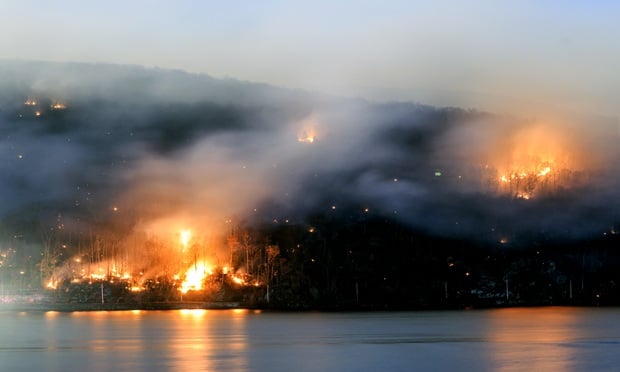Federal forecasters are predicting slightly fewer named storms for this year's hurricane season than they had released earlier this year.
The National Oceanic and Atmospheric Administration said it now predicts a total of 12-to-15 named storms, down slightly from the 13-to-16 it predicted earlier this year.
NOAA said that three or four will become hurricanes--rated as Category 3, with winds up to 130 mph, or higher.
NOAA Administrator Conrad Lautenbacher said this year's three named storms so far have paled in comparison to the nine that formed in the same period last year. "But conditions will remain favorable for above-normal activity for the rest of the season," he said in a statement. "So, we are not off the hook by any means."
Gerry Bell, NOAA's lead seasonal hurricane forecaster, said that warmer than normal sea surface temperatures are once again evident, just as they have been since the current active Atlantic hurricane era began in 1995.
But the NOAA also noted the "La Ni?a-like convection in the central equatorial Pacific during June and July of 2005" that contributed to early storms is not present this year.
A week earlier, Colorado State University Professor William Gray also reduced the number of hurricanes forecasted from nine to seven, saying that three-to-five will be intense.
Atlantic sea surface temperatures are not quite as warm as last year, and tropical Atlantic surface pressure is not quite as low, Mr. Gray said in a statement.
"This year it looks like the East Coast is more likely to be targeted by Atlantic basin hurricanes than the Gulf Coast, although the possibility exists that any point along the U.S. coast could be affected this year," he said.
Preceding that forecast, in late July, Steve Smith, an atmospheric physicist, said the 2006 hurricane season was shaping up to be "very average."
Mr. Smith, a senior vice president at Chicago-based ReAdvisory, a service of reinsurance intermediary Carvill, noted that while many meteorologists had determined that this hurricane season would be active--with the Tropical Meteorology Project projecting the chances of a massive hurricane reaching the U.S. coast to be around 82 percent, about 30 percentage points higher than average--he viewed it as falling in line with the 1971-2000 seasons.
"The important factors imply that the overall level of activity is to not be significantly different than average," he said, describing "average" as 10-to-12 named storms, 6-to-8 hurricanes and 2-to-4 major hurricanes.
The Atlantic sea surface temperatures are average--"in fact, slightly cooler in some areas"--and the "windshear is decaying in line with expectations."
These measurements are "not the massive deviation that we saw last year," which led to the hyperactive 2005 season, Mr. Smith said.
Want to continue reading?
Become a Free PropertyCasualty360 Digital Reader
Your access to unlimited PropertyCasualty360 content isn’t changing.
Once you are an ALM digital member, you’ll receive:
- Breaking insurance news and analysis, on-site and via our newsletters and custom alerts
- Weekly Insurance Speak podcast featuring exclusive interviews with industry leaders
- Educational webcasts, white papers, and ebooks from industry thought leaders
- Critical converage of the employee benefits and financial advisory markets on our other ALM sites, BenefitsPRO and ThinkAdvisor
Already have an account? Sign In Now
© 2024 ALM Global, LLC, All Rights Reserved. Request academic re-use from www.copyright.com. All other uses, submit a request to [email protected]. For more information visit Asset & Logo Licensing.








